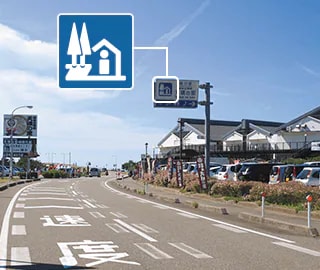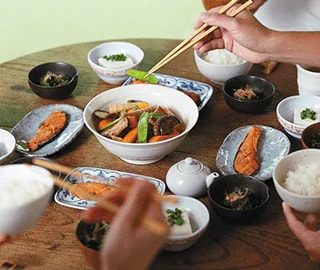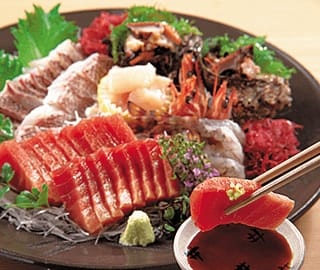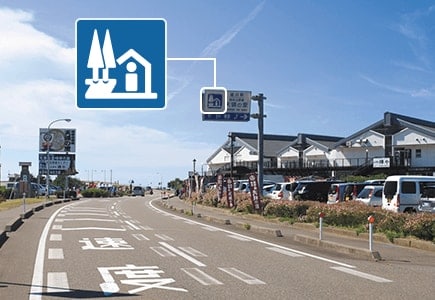
In the past few decades, more and more people have been enjoying leisurely drives along Japan’s charming back-country roads. In response, in 1993, government-designated rest areas called michi no eki—literally, “road stations”—were created. As of August 2011 there were a total of 977 road stations on Japan’s secondary roads, and that number is steadily growing into an extensive, country-wide network.
Michi no eki are reliable: they must meet specific prerequisites, such as 24-hour parking and toilet facilities. But these stations are not just to stop and stretch—they provide an opportunity to experience small local communities, their produce and cuisine.
Road stations can be a lifeline
Michi no eki function as rest areas and furnish tourists and drivers with traffic information and facts about sightseeing spots. But most stations also have shops that sell regional goods and souvenirs, alongside restaurants that serve dishes made from local ingredients.
Each road station is run and supported by area people, and each reflects its own community by providing unique, locally based services that are often particular to the region: some have hot springs; others might give visitors the opportunity to pick vegetables or fruit. Some stations on the coast offer a chance to seine net for fish, while others have classes in traditional crafts.
Beyond these undertakings, road stations recently stepped up to help people following last year’s Great East Japan earthquake by playing a significant role in affected areas. A road station in Miyagi Prefecture with hot spring spa facilities escaped serious damage and continued to operate after the quake. Every day its huge parking lot was filled with the cars of those impacted by the disaster who came to bathe in the hot springs.
Supermarkets could not resume operations because of the fragmented physical distribution network. Road stations were not affected by this disruption and sold produce delivered directly by local farmers, while station restaurants prepared meals using this produce and fed those who had no other food resources.
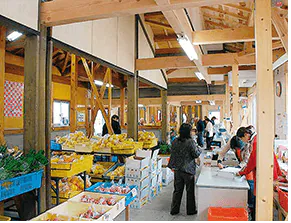
Courtesy of Kiramesse Muroto
Another road station in Iwate Prefecture sold primarily souvenirs prior to the quake; in response to urgent local needs, however, the station supplied fish, vegetables and fruit. In such times of need, michi no eki proved that they can serve as a valuable lifeline and essential resource for surrounding communities.
For some years, the World Bank has been studying the positive impact of Japan’s road stations on local economies and communities, and envisions setting up similar networks in developing countries based on the beneficial michi no eki concept.

